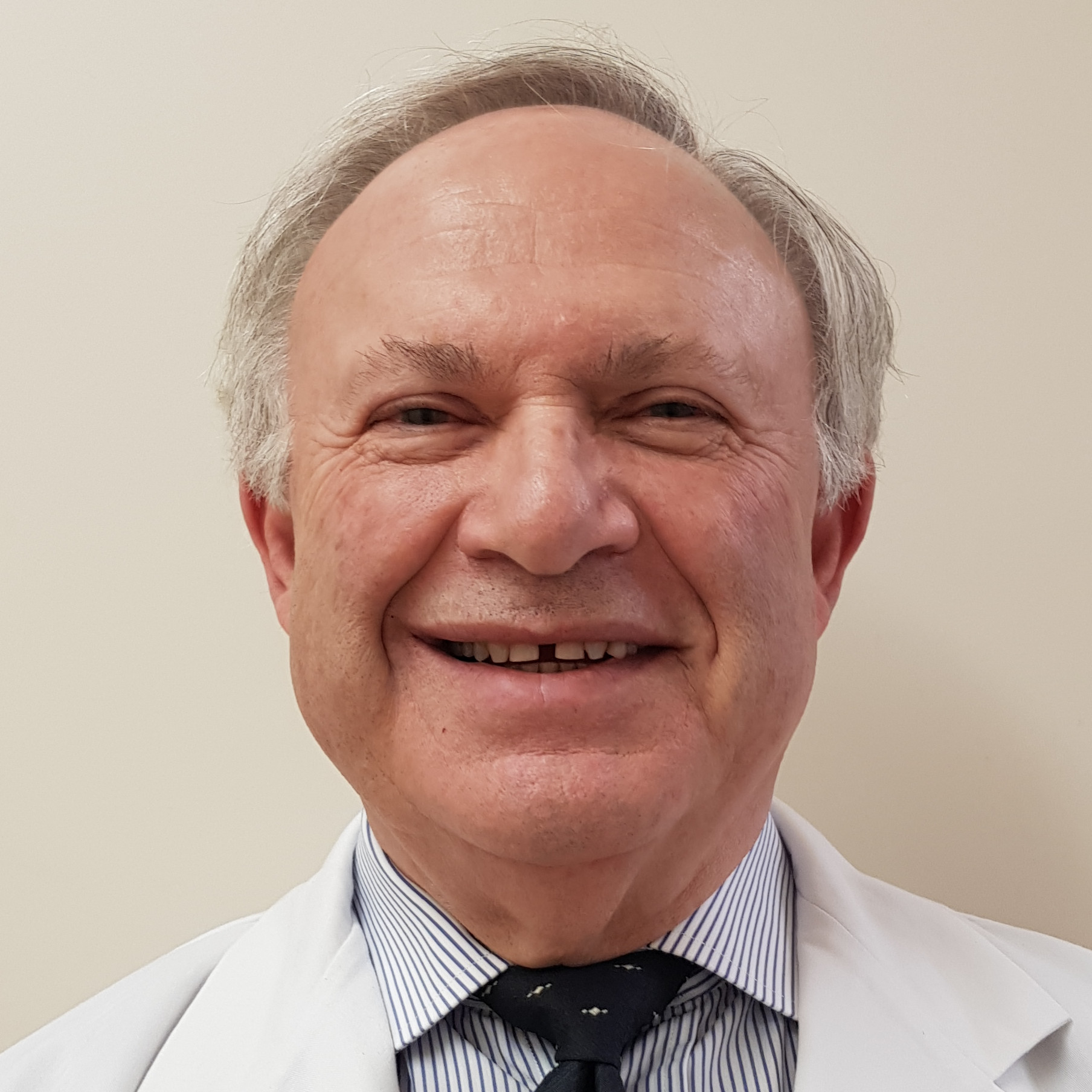Objectives: This presentation examines the evolution of botulinum toxin type A (BTXA) injections, traditionally intramuscular for dynamic wrinkles. Modern approaches now incorporate intradermal techniques or a combination for more natural results. Through a comparative case study, we evaluate upper and lower eyelid position and tear trough morphology before and after treatment in subjects receiving either intramuscular or intradermal injections, offering insights into optimizing BTXA for periocular aesthetics.
Introduction: Botulinum toxin type A has traditionally been injected into facial muscles to reduce dynamic wrinkles, especially in the upper face. However, evolving techniques now include intradermal injections to achieve more natural and balanced results. This study explores these approaches through a comparative case review, analyzing not only upper facial aesthetic changes but also eyelid position and tear trough morphology, which are critical yet often overlooked indicators of successful periocular and upper face rejuvenation.
Materials / method: Two matched subjects were treated with botulinum toxin type A using different techniques. One received conventional intramuscular injections, while the other received a controlled intradermal application targeting the same regions. Comparatively, less dosing was used in the intradermal application case. Standardized photographs were taken at baseline and at week four. Aesthetic changes were assessed focusing specifically on eyelid height, lower eyelid support, and tear trough morphology.
Results: Both injection techniques effectively reduced dynamic wrinkles of the upper face. The intradermal method showed a clear advantage in enhancing eyelid position and softening tear trough contours without any added volume. These areas are often overlooked yet are essential for periocular harmony. Subject feedback favored the intradermal results for being more natural and comfortable. No complications or adverse events were observed, confirming the safety of both techniques in clinical application.
Conclusion: This case study supports the use of intradermal botulinum toxin injections as a valuable approach to upper face rejuvenation. While intramuscular techniques remain effective, intradermal application demonstrated superior refinement of eyelid position and tear trough shape. These areas are crucial yet underexamined markers of facial aging. Integrating intradermal techniques can enhance periocular outcomes and offer patients a more complete and natural aesthetic result without requiring additional procedures.
Declaraciones
¿Ha recibido algún tipo de financiamiento para realizar su investigación sobre esta temática?
No
¿Ha recibido algún pago, honorario u otra compensación por su trabajo acerca de esta investigación?
No
¿Tiene vínculos financieros con alguna entidad que podría llegar a competir estrechamente con los medicamentos, materiales o instrumentos tratados en su investigación?
No
¿Posee o ha solicitado una patente relacionada a los materiales, productos o instrumentos utilizados en su investigación?
No
Este trabajo no cuenta con el apoyo de ningún financiamiento directo o indirecto. El autor asume plena responsabilidad sobre el mismo.











